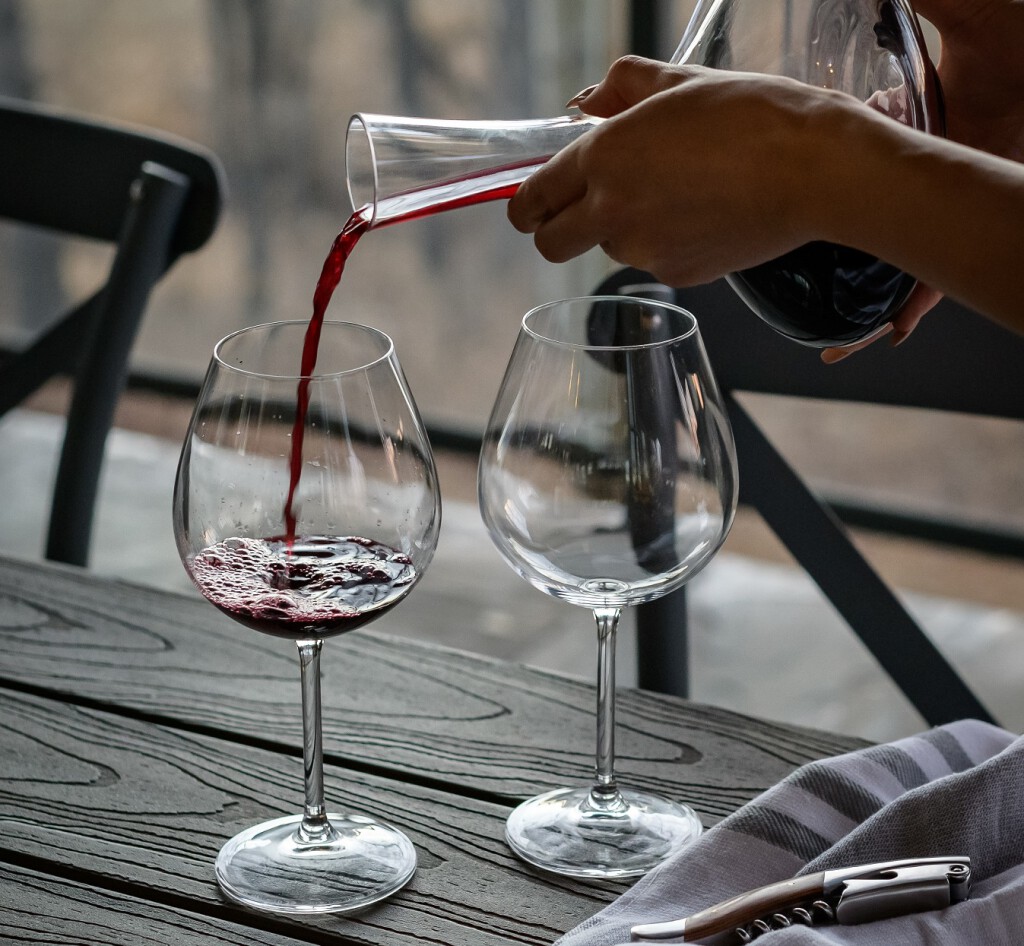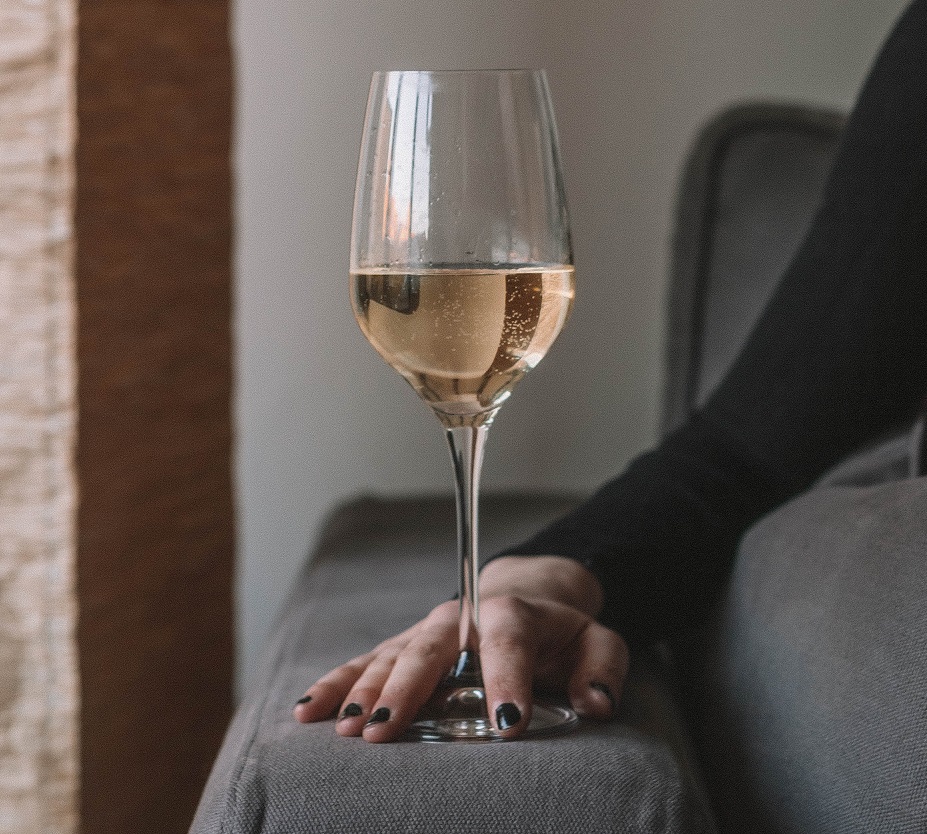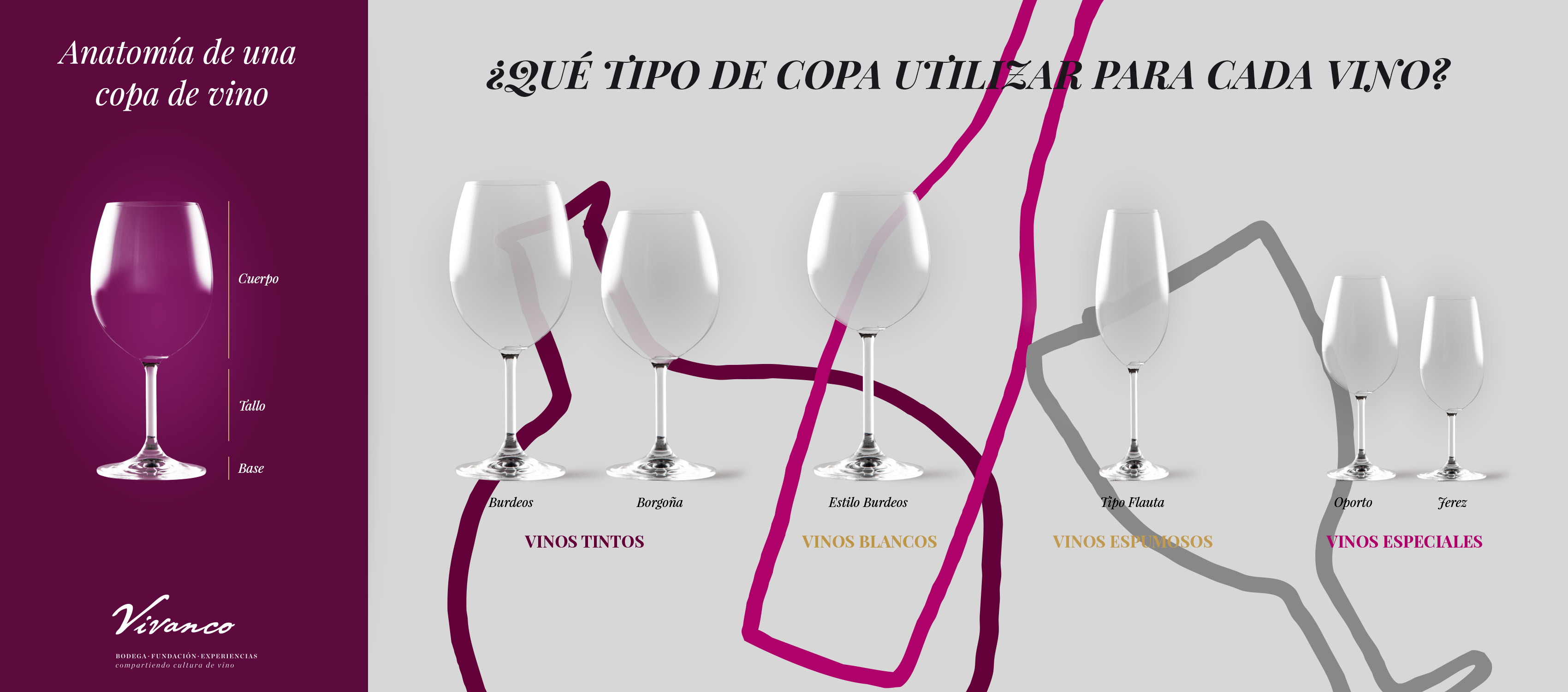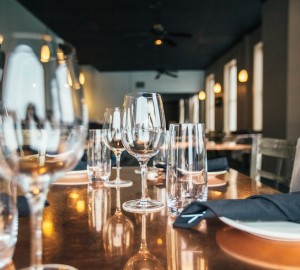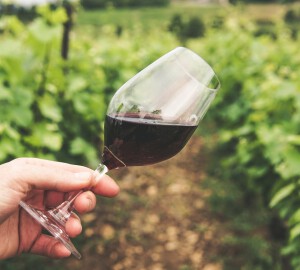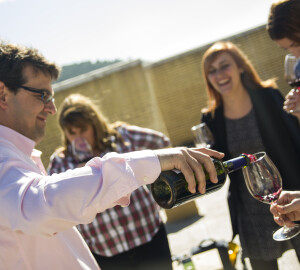Even the most recent initiates into the world of wine will have noticed the enormous variety of different types of wine glasses one can come across. There are glasses of different sizes and shapes, adapted to a particular type of wine to the most exhaustive level imaginable. However, it should not be forgotten that wine is a food with a universal vocation, so in order to enjoy it, it is not necessary to have an extensive collection of glassware. It is enough to know the most common types of wine glasses, their shape, and the different elements that make up these glasses and how these elements modify our experience when tasting wine.
A few simple notions will be sufficient to understand which type of glass is most appropriate for serving a particular type of wine, depending on the characteristics of both: wine and glass.. And that is what we propose to do in this article, to discover which is the most suitable glass to enjoy a red wine, a white wine, a sparkling wine or any of the so called special wines.
What should a glass of wine be like?
As we will see below, there are many different wine glasses, each of them designed to enhance the tasting of very specific types of wine, depending on the place or the winemaking process, the predominant grape variety, etc. But before we get into these differentiations, it is important to understand the common elements found in all wine glasseshow these elements can vary depending on the type of glass and how these variations will affect the way we perceive the organoleptic characteristics of the wine (aromas, colour, taste, touch...) during the tasting.
The vast majority of wine glasses we will find will have three basic elements or parts: the base, the stem and the body.
- Base
The base is the lower part of the glass, being the element that holds it upright when it is placed on the table or any other surface. Although it may not seem a very significant element, this base is also of some importance, as it must be proportionate in size with respect to the body and stem of the glass in order to provide stability to the whole. It is also one of the points by which we can hold the glass, to put distance between our hand and the body, in order to avoid the transfer of our body heat to the wine or the contamination of the aromas during the tasting.
- Stem
The stem is the part that joins the base of the glass to the body. It is the other fundamental part through which we can hold the glass and this is where its importance lies. It allows us to hold the glass without touching the body, preventing us from heating the wineor that staining the walls of the body of the glass. The stem will also show a certain proportion to the size of the body of the glass, so that it is in proportion to the size of the body of the glass. the glass is comfortable to hold and balanced: larger glass bodies will be complemented by longer stems. Likewise, wines served at a lower temperature will taste better in long-stemmed glasses, for the same reason of moving our body heat away from the contents of the glass.
- Body
The body or calyx is the most important element of the glass, as it is the container that will hold the wine. For this reason, it is here where we can find more variations between one type of glass and another, depending on the wine for which they have been designed. The body of the glass has, in turn, two well differentiated parts: the base and the neck.
The base of the cup will be where the wine will remain once it has been served and the neck will be a space through which the aromas emanating from the wine will circulate to our nose and mouth. Depending on the type of wine glass, so will be the size ratio between the base of the body and the neck of the crown. A wide and extensive base will allow a greater contact between the wine and the air, allowing for a better greater oxygenation. This is particularly suitable for wines with a certain crianza, with stays in wood, and which have more complex and delicate aromatic nuances. These wines need a certain evolution in the glass to show their full potential: they must be opened. To do this, the wine is swirled in the glass in a circular motion. This enhances the oxygenation of these wines and brings out their full potential. secondary and tertiary aromas of the wine. On the other hand, a narrow-bodied base is more suitable to avoid excessive oxygenation, which is ideal for wines that are more acidic, fresher and aromatic, where the primary aromas are more explosive, such as young red wines, rosés or whites without crianza.
The neck of the glasswill, where appropriate, serve to more or less concentrate the aromas of the wine as they rise through the air to our nose. In this way, the more complex and structured wines, those with more ageing or those with more delicate aromatic nuances, will see their aromas enhanced when served in glasses with narrower necks. For wines in which the excessive concentration of aroma may be too saturated, we will opt for wider necked glasses, so that the first aromatic hit is more direct and all the freshness is preserved. This is particularly suitable for fruity, young, acidic and fresh wines.
Finally, details such as the material used to make the glass or the cut of the mouth are also very important to improve the tasting experience. Glasses should always be made of glass or quality glass, clear y transparentand of a thickness of not more than 1 mm on the walls. This will allow us to be able to appreciate all the nuances of the wine in the visual phase: the colour, the limpidity, the tear, etc. The cut of the mouthwill help us to distribute the wine correctly in the mouth and give us a pleasant feel when we put the glass to our lips. This cut must be always straight. The glasses with wider mouths will allow the wine to go directly to the centre of the tongueThe taste of the wine, which is distributed from there to the rest of the mouth, enhances flavours such as the sweetness and acidity of a wine, whose receptors we have on the tip and sides of the tongue, respectively. The glasses with narrower mouths will allow the wine to be directed towards the back of the mouthThe receptors are located on the tip and sides of the tongue, respectively, and this prevents, for example, an excessive sweetness of certain wines when you first taste them.
Main types of glasses depending on the wine
As we have seen, the shape and typology of each glass can enhance or attenuate different characteristics of a given wine. Therefore, we can find different glass models, each one of them suitable for a specific type of wine. In this sense, we can get as complicated as we want, as there are glasses designed even for certain grape varieties or for drinking wines from a specific designation of origin. But in general, three or four different types of glass will be enough. we can enjoy almost any type of wine in optimum conditions.
- Glass of red wine
The main types of glasses marketed for serving red wines are those of the type Burgundy and Bordeaux type. Both are large glasses, with round bases that allow the wine to swirl properly inside them. They are also wide, facilitating oxygenation. The Burgundy type has a slightly more bulging base and a more closed neck which, as we already know, facilitates the evolution and concentration of aromas. It is a glass specially designed for tasting wines made with the Pinot Poir variety, but it is also perfect for enhancing the characteristics of aged wines from Rioja, Ribera, Toro or Bierzo. The Bordeaux model, on the other hand, is the most common type of glass. It is presented as a slightly more stylised glass. Its mouth, wider than in the Burgundy glass, allows the wine to be distributed from the centre of the mouth, minimising the bitterness of the wine's tannins. This glass is particularly suitable for tasting young red wines and crianza. It can also be used to serve dry white wines and white wines with crianza.
- Glass of white wine
The white wine glass is very similar to the Bordeaux glass, but with a slightly smaller body and a longer stem. Bordeaux in formBordeaux, but with a slightly smaller body and a longer stem. The mouth of the glass is also usually more open, to enhance the sweetness in the case of fresher white wines. The smaller body size prevents excessive oxygenation of the wine and helps to keep the temperature low. This type of glass is perfect for serving white wines of all types, rosé wines and some young, fruity red wines that need to be served chilled.
- Sparkling wine glass
Sparkling wines are usually served in flute glasses, in flute glasses. They are elongated, very slender and narrow glasses, with long, thin stems. This type of wine should be served chilled, so the shape of the glass is used to prevent the wine's temperature from rising. For this reason, the glass of this type of glass is often thicker than that of the previous ones. In addition, this shape allows the formation and rise of the wine bubbles to be perfectly observed on the surface, as well as enhancing the freshness of these wines with each sip. This type of glass is the most commonly used for serving cavas, champagnes and all types of sparkling wines.
- Glass for special wines
With the three previous types of glass we could perfectly enjoy most of the most common wines. But we can also add a fourth model to our collection. This model could be the Jerez Sherry Cupsimilar to the sparkling wine glass, but smaller and with a shorter stem. We could also use a Port glass, slightly wider and with a more closed mouth. This type of glass could be used to enjoy practically any type of special wines: sweet wines, oloroso wines, amontillados, Pedro Ximénez, etc. Very aromatic, sweet wines, with a high alcoholic content, which are normally served cold and whose characteristics are reinforced with this type of glass.
Click on the image to enlarge it.
Now we know the main types of the most common wine glasses and we know which one is the most recommendable for each occasion. This information will help us to start our small collection of domestic glasses and adapt it to the type of wines we like the most.







